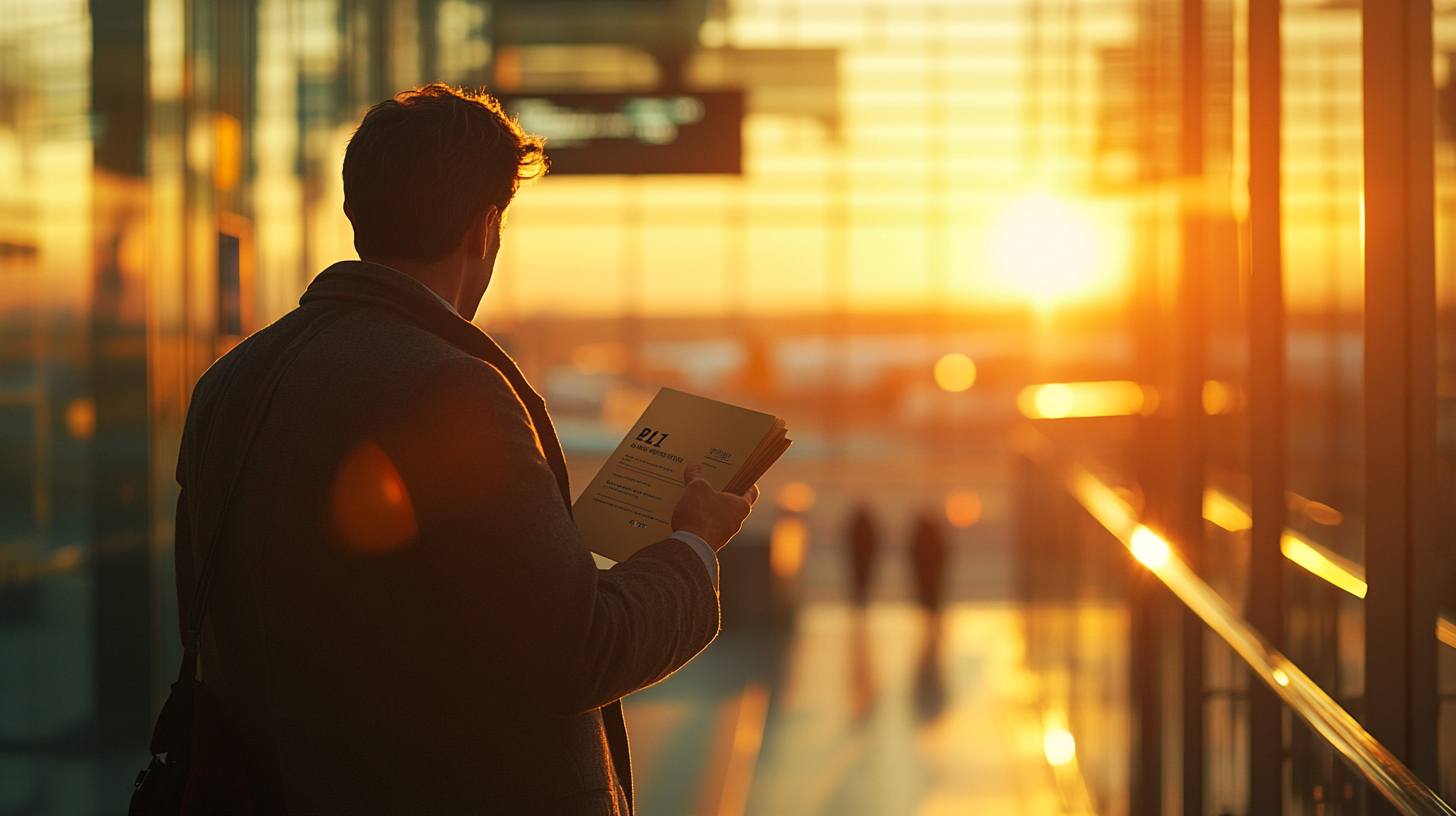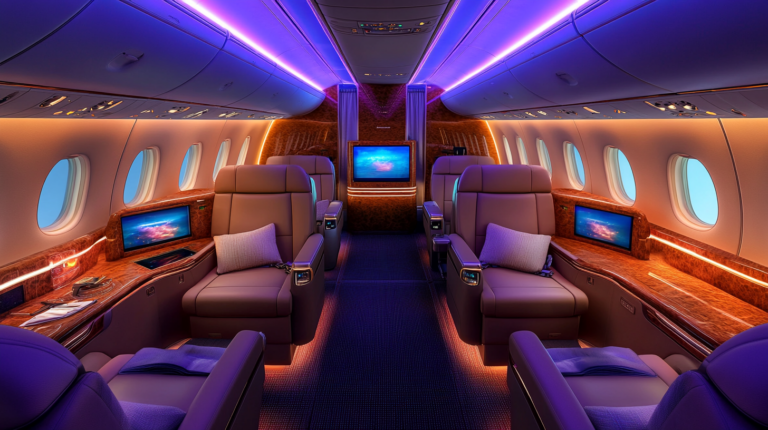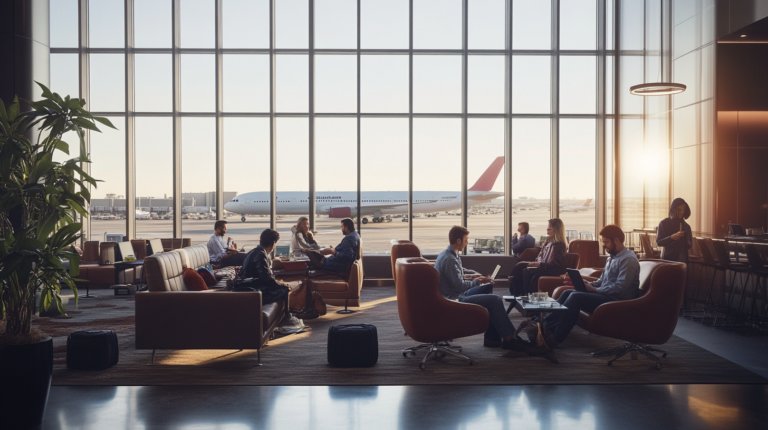Business Travel Visas Decoded for Frequent Flyers
Reason #1: Know Your Waiver Options

Frequent flyers with an eligible passport may skip formal visa applications under the Visa Waiver Program (VWP). This program grants up to 90 days in the United States for business or tourism, provided travelers secure an approved ESTA and meet all eligibility criteria. Canadian and Bermudian citizens often qualify for more relaxed entry measures, while Taiwanese passport holders also benefit from VWP treatment under the one-China policy. Before filling out any forms, road warriors should check if they’re already covered by a quick online ESTA instead of a full B-1 visa.
In my own travels, I’ve noticed that many frequent flyers are caught off guard when they assume they need a visa, only to discover that an ESTA suffices. According to U.S. Customs and Border Protection data from 2024, travelers from VWP-participating nations make up nearly 22 million visits annually, suggesting that many road warriors benefit from these streamlined entry processes. It always pays to stay updated on VWP rules so you don’t miss out on faster clearance.
Of course, eligibility can change over time if certain requirements aren’t met (like maintaining a valid e-passport or paying the ESTA fee). I’ve personally seen travelers delayed at airport checkpoints because they overlooked these simple details. If you want to save time and avoid last-minute stress, double-check VWP country listings and requirements before you head to the airport.
Reason #2: Understanding the B-1 Visa’s Perks

The B-1 visa is a multiple-entry, nonimmigrant permit for temporary business activities in the U.S., such as client meetings, workshops, conferences, or contract negotiations. Most applicants can stay for up to six months, and an extension of up to one year is possible by filing Form I-539. Notably, B-1 visitors cannot accept U.S. employment or receive pay from U.S. sources, so frequent flyers must show they have sufficient funds and intend to return to their home country.
I’ve observed that no matter how seasoned you are, it’s easy to underestimate the paperwork involved in B-1 applications. During one of my trips to Chicago for a major tech conference, I saw several international business travelers get tripped up on financial proof requirements. According to a recent survey by the Global Business Travel Association, 35% of first-time B-1 applicants reported confusion over showing sufficient ties to their home country.
On the bright side, the B-1 status allows you to attend high-level events without the complexity of a full work visa. If you plan to rely on a B-1 for repeated trips—let’s say you’re flying in every quarter for board meetings—make sure your passport has plenty of validity remaining and that you carry documentation like invitation letters or conference registrations. In my experience, those extra files can be your saving grace at the immigration desk.
Reason #3: Bringing Family Along with B-2

For business travelers who want to combine work and family time, the B-2 visa allows spouses and children to tag along as tourists. This visa, however, does not permit employment or business negotiations. While Canadians and certain other nationalities may be exempt from visa requirements, those who do need a tourist classification must apply separately. Proving strong home ties—like ongoing employment or property ownership—helps assure U.S. authorities that the trip is indeed temporary.
In my experience, blending business with family travel can make work trips feel more like mini-vacations. If I’m heading to a conference in Orlando, for instance, I might extend my stay so I can see the local attractions with loved ones. A 2024 study by the Travel Industry Council indicated a 20% rise in “bleisure” trips, confirming that families increasingly tag along on work adventures.
That said, you must handle the details diligently. I’ve heard stories of families who arrived in the U.S. only to discover incomplete documentation for the kids. Make sure each family member has the appropriate visa or exemption. It can be a lifesaver to maintain a folder with birth certificates, hotel confirmations, and proof of return flights when you anticipate extra scrutiny at customs.
Reason #4: Watch Out for Overstay Pitfalls

Overstaying can cancel a visa or lead to future entry bans, which is the last thing a frequent flyer wants. Both B-1 and B-2 stays typically max out at six months per visit, while the Visa Waiver Program caps trips at 90 days. Extensions require filing Form I-539 and demonstrating valid reasons for prolonging a stay. For seamless re-entry on future flights, be sure to leave before your authorized stay ends and keep thorough records of your visits.
I recall witnessing a colleague’s unfortunate overstay scenario a few years ago. He exceeded his 90-day VWP allowance, thinking that a brief trip to a neighboring country would reset his permitted stay. That misstep not only resulted in complications during re-entry but also flagged his record for potential future scrutiny. According to official U.S. Department of Homeland Security metrics, overstays are among the top reasons for visa denials in subsequent applications.
If you find yourself needing more time, perhaps for a critical project extension, file the appropriate paperwork well before your permitted stay expires. Always monitor your timeline. Setting digital reminders on your phone or calendar app is a helpful strategy I’ve personally used to ensure I stay on top of departure dates—and keep those future arrivals headache-free.
Reason #5: The Frequent Flyer Bottom Line

Whether qualifying under the VWP or opting for a B-1 visa, frequent flyers should organize crucial documents such as passports, itineraries, and proof of employment. At border control, officers may question entry reasons and search electronics, so honesty and proper paperwork are essential. Ultimately, securing the right authorization ensures a stress-free ride through immigration—letting you focus on collecting miles and accomplishing business goals.
In my own observation, business travelers with well-prepared paperwork enjoy faster processing, reducing the need for last-minute explanations. A 2023 report from the International Air Transport Association mentioned that streamlined documentation can cut waiting times at customs by up to 20%. In a world where every minute counts, that’s a big deal.
Whether your itinerary includes quick hops between major U.S. cities or extended stays for project deadlines, always keep proof of your travel purpose on hand. I’ve found that simple items—like a conference agenda or an official letter from a client—can expedite questioning at the immigration desk. Plan ahead, pack light, and prioritize the right documentation to keep your travel game on point.
Final Thoughts

Securing the proper visa or waiver for your U.S. business travel is all about preparation. By knowing which category you fall under—VWP, B-1, or B-2—you can streamline your airport experience and step right into the heart of your work commitments. Thoroughly researching the requirements before you depart will save you countless headaches, ensuring every mile you fly is put to good use.
Remember, there’s no one-size-fits-all approach in immigration. Your personal travel history, purpose of visit, and family considerations matter. Staying informed, planning diligently, and consulting reputable travel resources will go a long way toward keeping your next trip running like clockwork. Ultimately, it’s about being proactive so you can spend more time on what truly matters—growing your career, bonding with loved ones, and savoring every mile along the way.
Barry B.’s Take
I’ve always believed business travel is more than just stamps on a passport—it’s a key part of how we connect, innovate, and expand our horizons. When we manage the visa side of things correctly, we free ourselves up to focus on forging partnerships and seizing new opportunities.
In my experience, there’s no greater relief than breezing through customs, laptop bag in hand, with a sense that you’ve got everything handled. Plan diligently, confirm eligibility, and you’ll be well on your way to making every trip memorable for all the right reasons.







